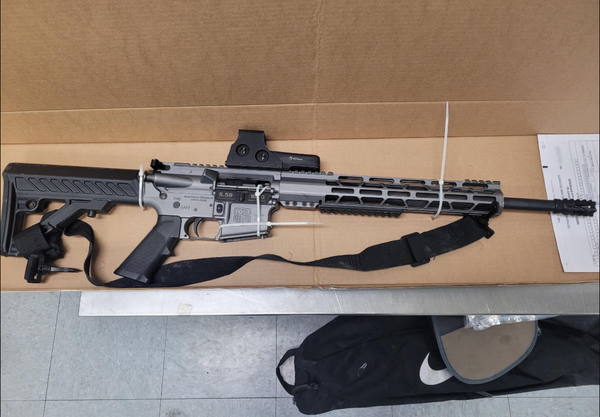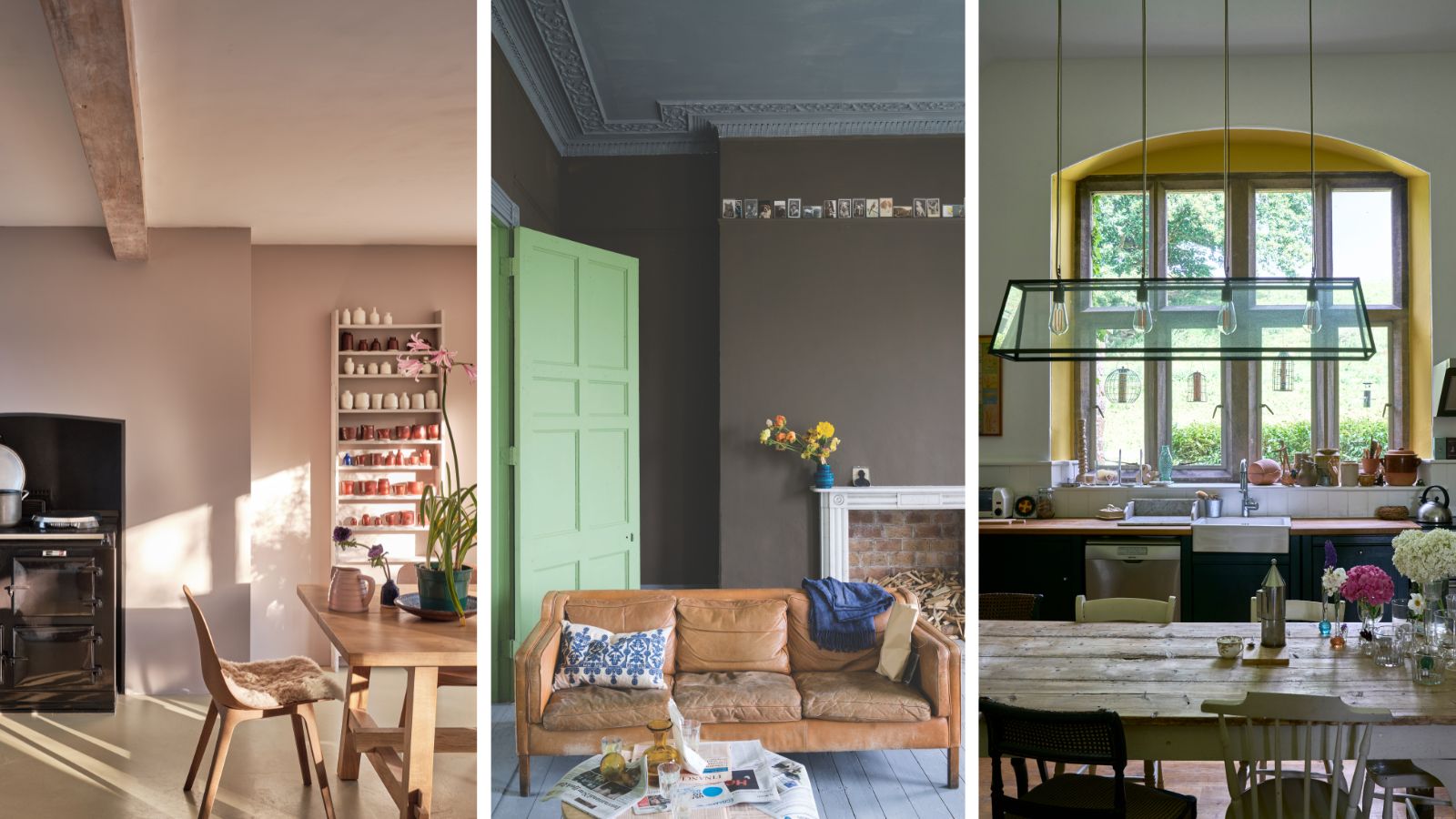
If you're keen to make your HVAC system work more efficiently this winter, learn how to balance airflow in your home, our experts say.
Staying on top of your home's airflow is not only key to making sure your spaces stay at a comfortable temperature all year round, but doing so can also maximize the heating in your home and help you cut energy bills.
After reaching out to heating and HVAC experts, we've discovered some quick tips on how to easily balance the flow of air in your home.
Balance air flow in your home like a pro
1. Check for drafts

No matter how high you turn your thermostat on your HVAC system or what window treatment ideas you use to cover your windows, you're never going to feel the full effects of doing so if you've got a draft (or multiple drafts) working against you.
This is why Michael Wandschneider, director of product management at Marvin suggests checking and sealing gaps around windows.
Along with windows, you should also check for drafts under any external doors, as you might also need to draft-proof an entryway. To do so quickly, a draught stopper, like this easy-to-attach Vellure® Door Draft Stopper for Bottom of Door available at Amazon, could work. It's also worth learning how to draft-proof a bathroom and how to draft-proof a fireplace to stop any hot air from escaping.
All prices correct at time of publication.
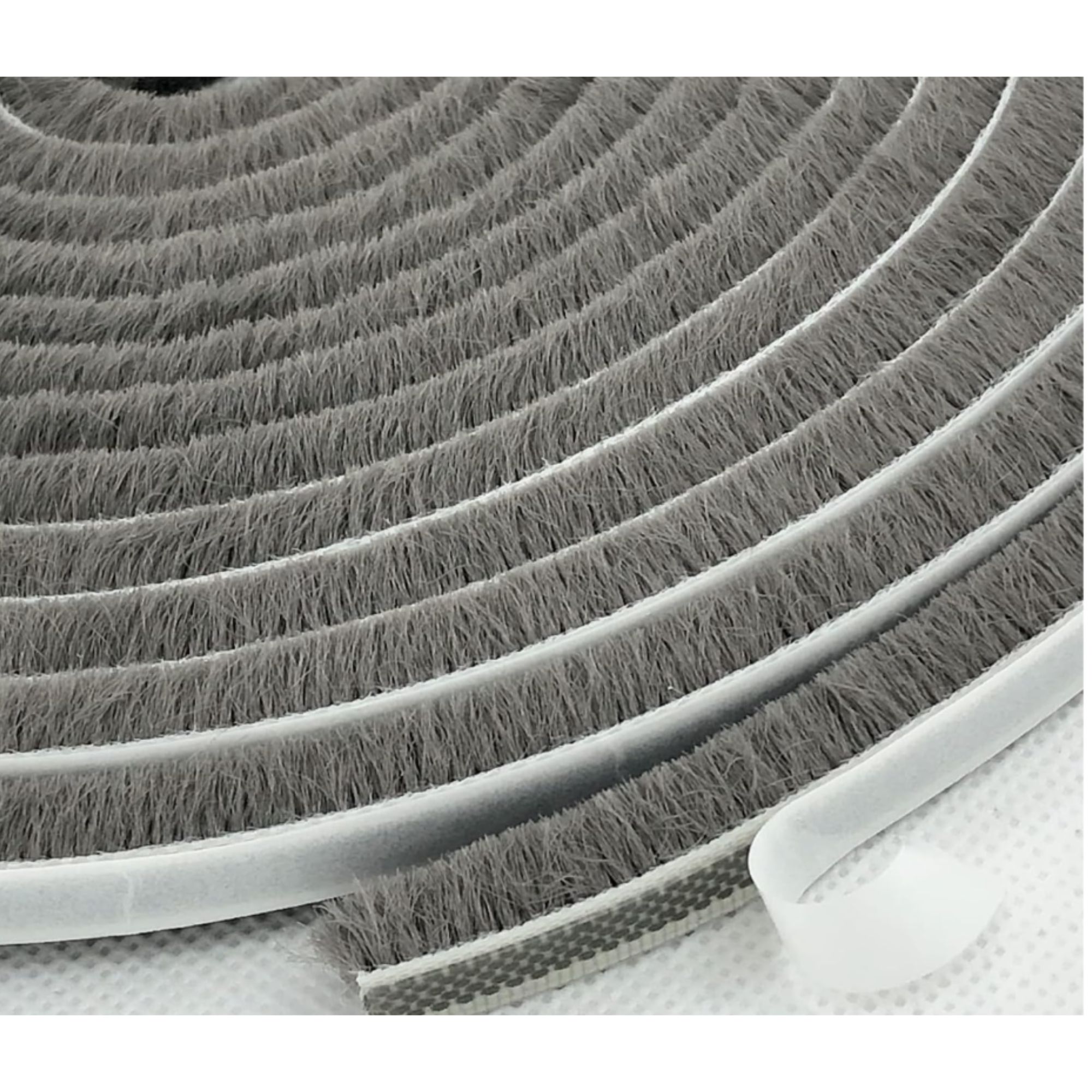
In most cases, if you find a minor draft, these weather-stripping draft excluders will help seal window gaps. They can also be stuck on sliding doors and cat flaps to help keep the cold out and the warmth in.
2. Make use of a ceiling fan

Ceiling fans aren't just there to add some rustic charm to your space. 'Ceiling fans are a great way to help promote circulation and balance airflow,' Micheal explains.
During summer, ceiling fans can play a big part in keeping a home cool in a heatwave. For example, if you change your ceiling fan to run counterclockwise, it will draw hot air up and away from you while fanning cooler air downwards. It's why most people use them when their AC is on.
However, in winter, if you change your fan to spin slowly clockwise, it can help redistribute warm air that tends to rise toward the ceiling.
So, these clever pieces of kit could help you eliminate hot and cold spots in your home and help you make the temperature in your space feel more balanced.
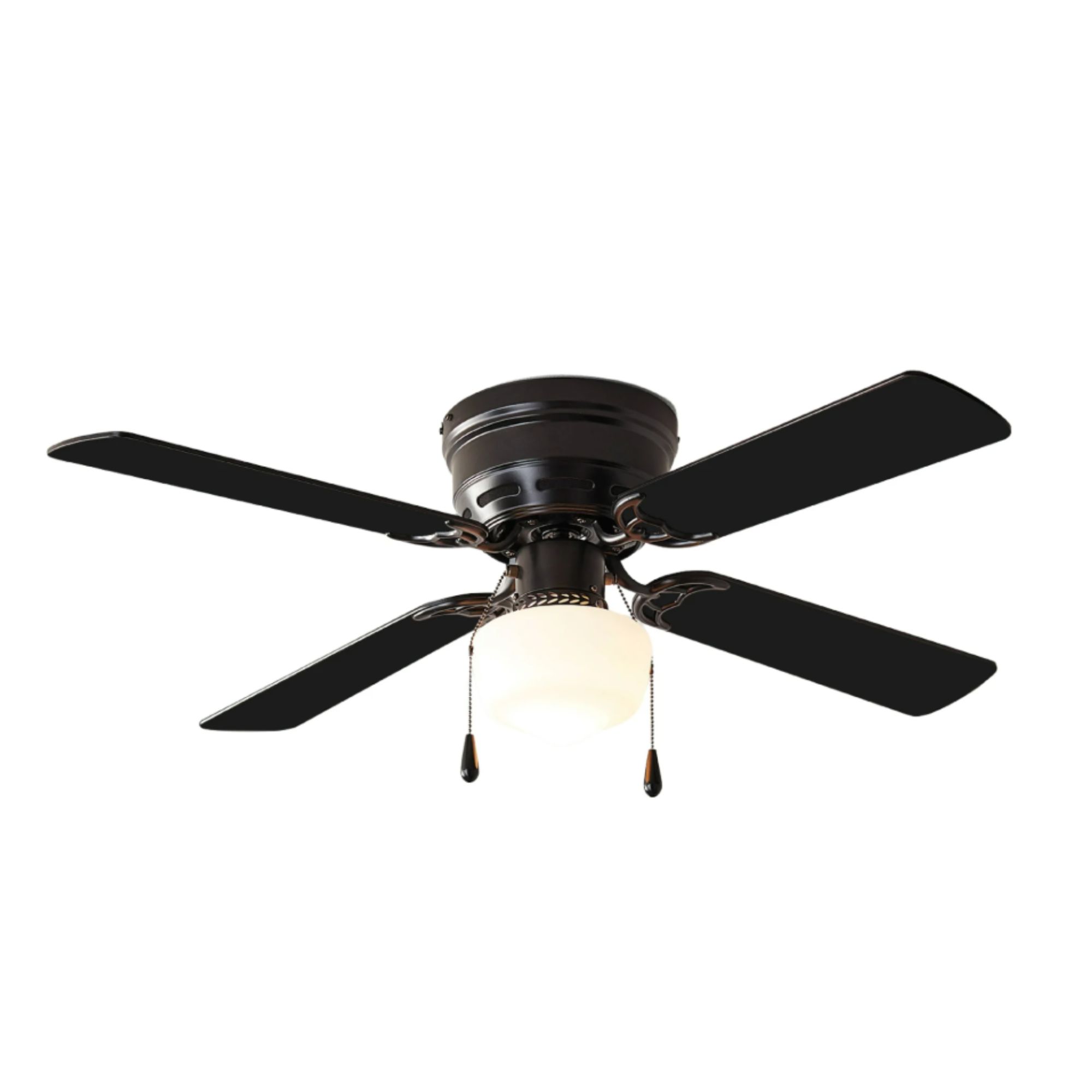
Kitted out with four blades, LED bulbs and two pull switches, this 42" blade comes with three speeds and a reversible motor, perfect for directing hot air back down into the room in winter, offering up year-round comfort.
3. Open a window
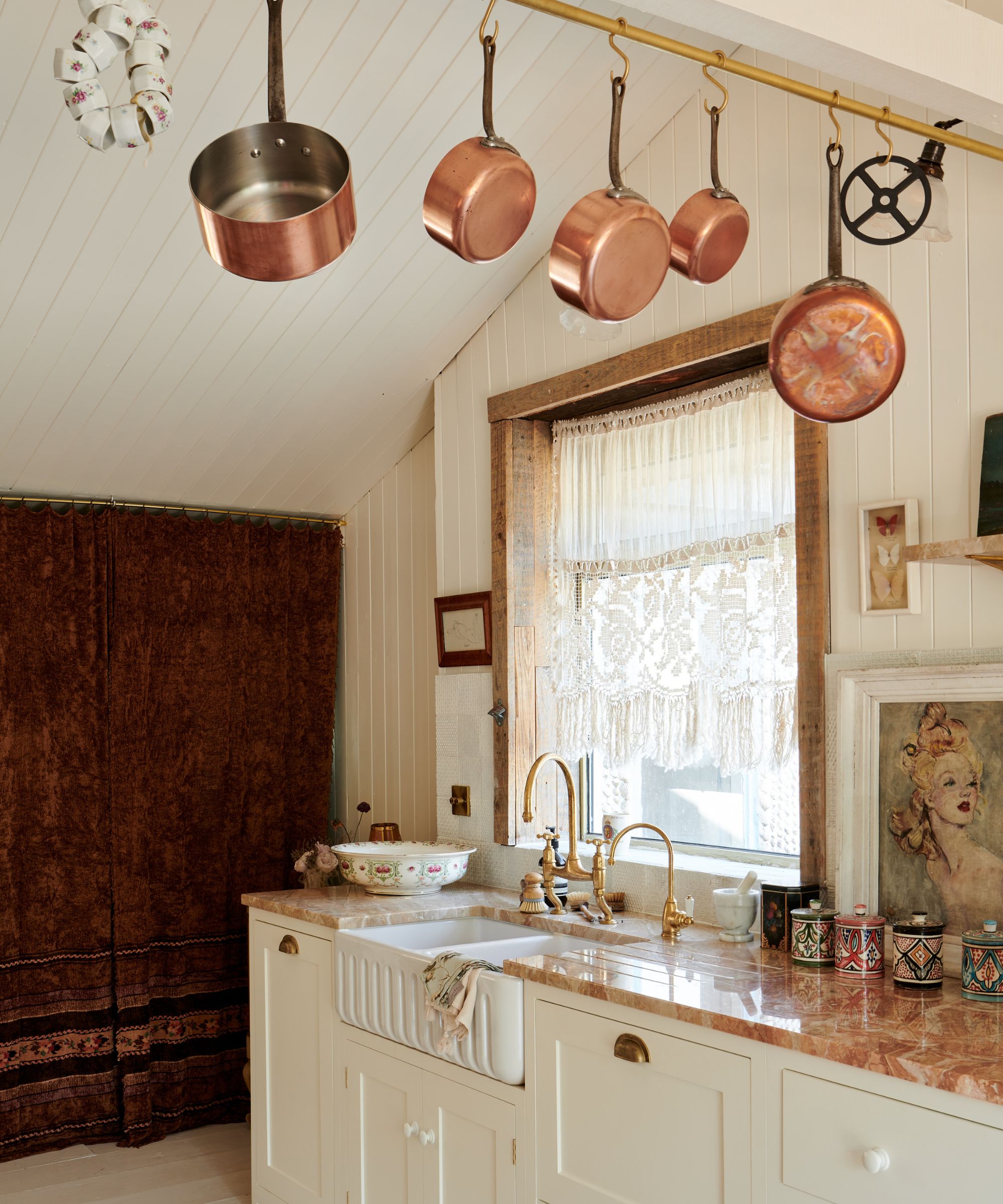
When it's minus temperatures outside, you might not necessarily wake up thinking it's time to crack open a window. But, according to Michael, doing so can be beneficial to you and the airflow in your home.
'Opening windows for at least five minutes daily can facilitate air circulation and reduce indoor pollutants,' the expert says. 'Longer periods of 15 to 20 minutes are even better for ventilation. Fresh air not only invigorates us but also plays an important role in maintaining indoor air quality, reducing the risk of airborne virus transmission, and mitigating the buildup of pollutants' Michael adds.
During winter, it can be tempting to shut all windows and doors and turn up the heating. But this causes stale air to circulate and you'll end up with air that's either too damp or dry. Trapping excess humidity inside is a bad habit than can increase the risk of mold in your home.
If the air is damp, cranking up the thermostat will make your heating system work harder than it should as it will only heat up the water molecules in the air rather than increasing the room temperature. But opening a window can help to regulate humidity levels and make your heating run more efficiently.
Additionally, opening windows in winter can also reduce condensation which, along with mold, is a common issue at this time of the year and, when left untreated, can potentially damage wood window frames, drapes, carpets, and walls.
Just make sure you open your window before turning your heating on. That way, the heat generated by your HVAC system won't escape outside.
4. Invest in air filters

'Combining window ventilation with other tools like exhaust fans and air filters can significantly impact air quality,' Micheal explains.
You probably wouldn't think twice about installing an extractor fan (or an exhaust fan) in your bathroom, like this VENTS 125 LDK Decorative Backdraft option from Amazon which extracts air from your space and expels it outside. Or introducing one of the best dehumidifiers to your space to help limit mold growth.
But did you know that investing in one of the best air purifiers will not only improve the air quality in your home, it will also help you keep your HVAC system running as efficiently as possible?
Air purifiers work hard to remove particles from the air which can prevent your HVAC system from becoming clogged. So it's well worth learning how to choose the right air purifier for your home.
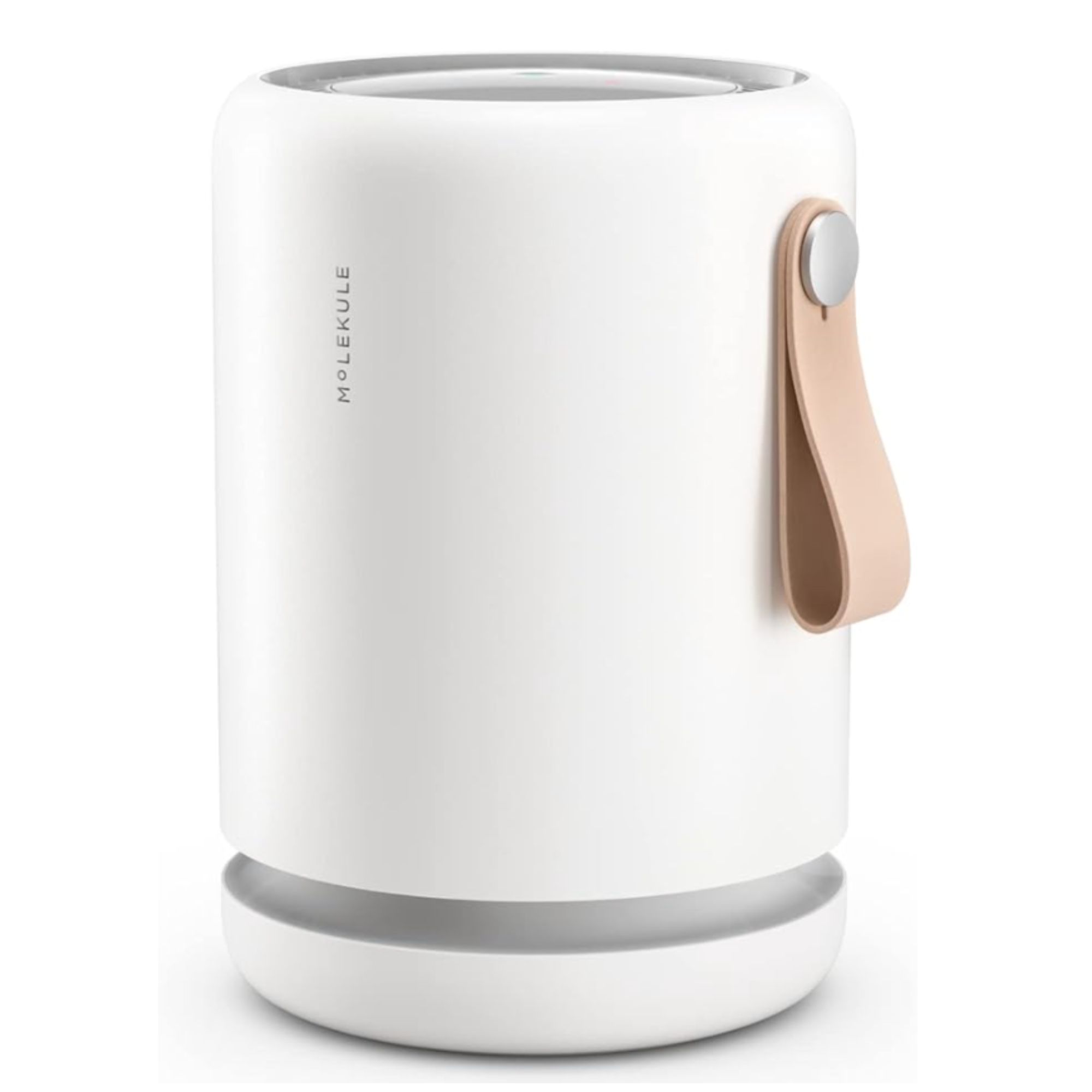
Designed for rooms up to 250 sq. ft. this HEPA filter captures up to 99.97% of small particles and destroys pollutants like pet dander, pollen, bacteria and mold. It's ideal for small apartments, bedrooms and home offices.
5. Improve insulation

You might have already found and sealed drafts coming through windows or external doors. But another way to help maximize your heating and balance airflow in your home is by keeping your four walls well insulated.
For example, you could try adding some window insulating film, like these Frost King V73/9H Indoor Shrink Window Kit 42 62-Inch option from Amazon which can prevent up to 35% of heat loss.
That way, you can keep your home warm without turning up the heat, which will help to save you a little on your energy bills and make your heating more efficient.
Now you've learned how to balance air flow in your home, discover the mistakes you're making that are compromising your home's air quality – and how to fix it like a HVAC pro.


